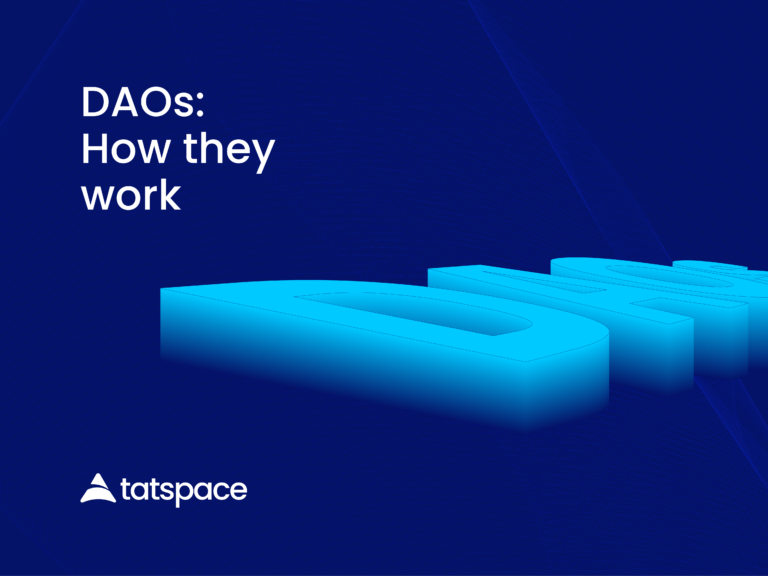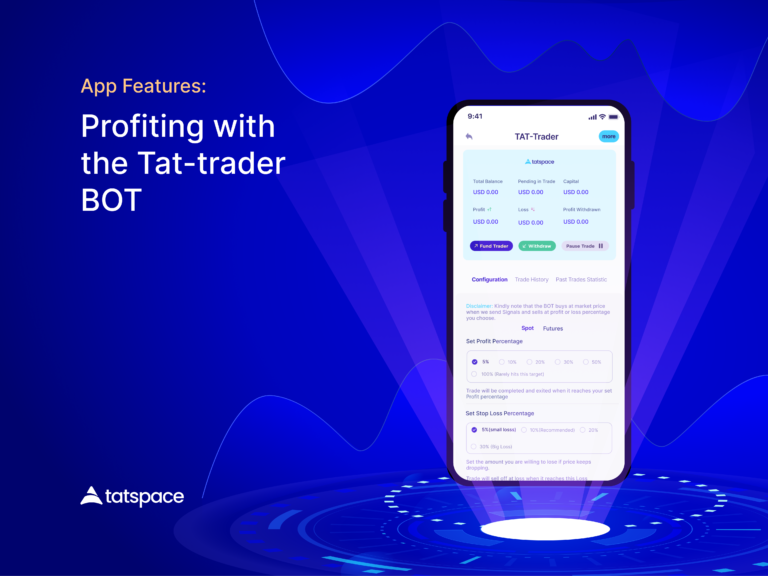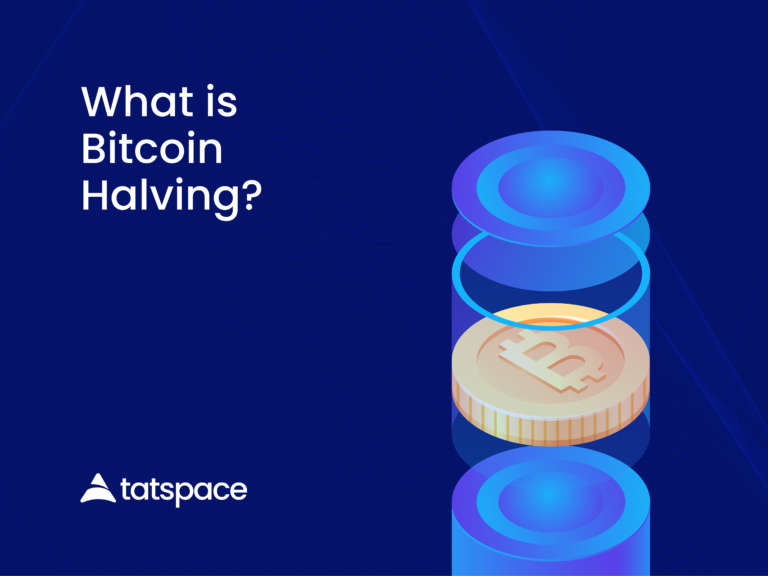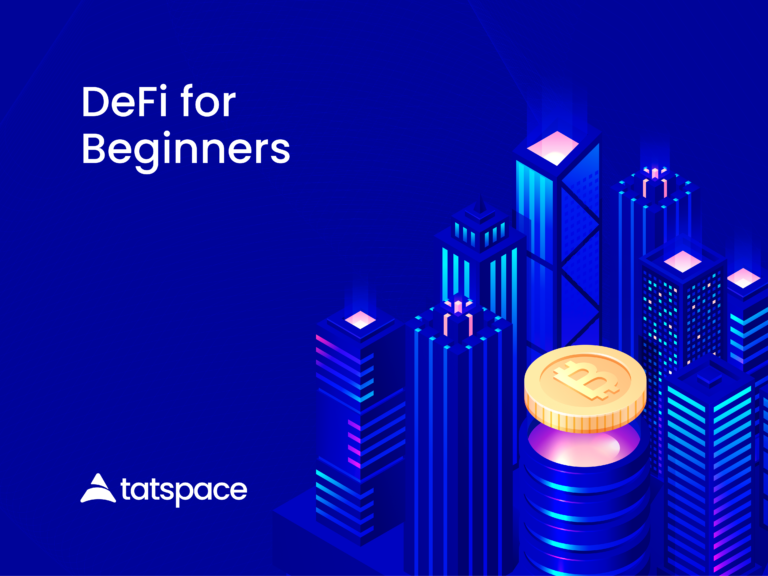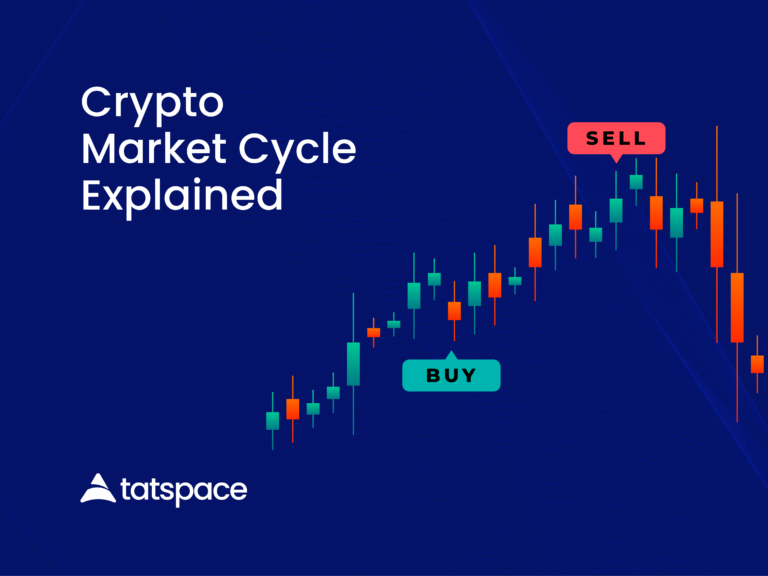You probably would have been hearing of Decentralized exchanges, but What is Decentralized Exchange (Dex)?
In the early stage of Bitcoin, different exchanges have played a vital role in connecting cryptocurrency buyers with sellers.
No doubt without these exchanges attracting a global user base, we would have been having much poorer liquidity and no way to know which is the correct price of assets.
Well, centralized players have dominated this field traditionally.
With the rapid growth and evolving stack of technologies, a growing number of tools for decentralized trades are being created.
What is a Decentralized Exchange (Dex)?
Theoretically, Decentralized Exchange (Dex) is any peer-to-peer swapping that has to deal with a decentralized trade.
The major difference between centralized and Decentralized exchanges is that in a Decentralized exchange, the backend exists on a blockchain.
Nobody can take custody of your funds, and you don’t need to trust the exchange to the extent that you do with centralized exchanges.
How does a Decentralized Exchange (Dex) work ?
Decentralized exchanges are similar to centralized exchanges in some ways but they are also significantly different.
Decentralized exchanges have different types available to users.
Cross-chain DEXs is another type of Decentralized Exchange and the most popular ones revolve around assets on a single blockchain.
We have the likes of Ethereum or Binance Chain.
How does a Centralized differ from Decentralized Exchange (DEX)?
In a centralized exchange, you deposit your fiat currencies through bank transfer or credit/debit card, or cryptocurrency.
You don’t have control of crypto deposit made on Centralized Exchanges
We are not referring from a usability standpoint because you can still trade it or withdraw it, but from a technical standpoint which is “you cannot spend it on the blockchain”.
Private keys to the funds are owned by you.
This means that when you want to withdraw, you need to request the exchange to sign a transaction on your behalf.
Your transactions don’t occur on-chain when you are trading, they occur on the exchange which allocates balances to users in its database.
The slow speeds of blockchains don’t prevent trading, as everything you do happens in a single entity’s system.
Cryptocurrencies are not difficult to buy and sell, and you have more tools available at your disposal.
With centralized exchanges, it does come at the cost of independence.
There’s a need for you to trust the exchange with your money.
When you use centralized exchanges, you are exposing yourself to some counterparty risk.
However, some users accept this level of risk.
They prefer to stick to reputable exchanges with strong track records and precautions without any data breaches.
On-chain order books in Decentralized Exchange (DEX)
Everything is done on-chain in some Decentralized Exchange.
This is the most transparent approach, especially if you do not think of a third party to relay the orders to you.
Apart from being the most transparent approach, it is also the most impractical.
Every node recorded will attract a fee.
Front running is a flaw in this model.
What is this Front running?
Front running happens when an insider knows about pending transaction and uses that information to place a trade before the transaction is processed.
By using that information, the front runner, benefits from the information not known to the public.
With all honesty, this is an illegal act.
judging by a traditional sense, the opportunity to front-run would no longer be there If everything were to be published on a global ledger.
When the Front runner sees the order before it’s confirmed, they may want to ensure that their order gets added to the blockchain first.
Stellar and Bitshares DEXs are examples of on-chain order book models
Off-chain order books
Off-chain order book DEXs are decentralized, but they are more centralized than Decentralized.
A centralized exchange could completely be in charge of the order book but if that exchange is malicious, they may decide to game the markets to an extent by front running or misrepresenting orders
A good example of this is the 0x protocol for ERC-20 and other tokens deployed on the Ethereum blockchain.
The 0x protocol provides a framework for parties known as relayers to be able to manage an off-chain order book instead of a singular DEX.
Having to use 0x smart contracts and some other tools, hosts can tap into a combined liquidity pool and relay orders to happen between users.
Trade is only executed on-chain whenever parties are matched.
Binance DEX, IDEX, and EtherDelta are examples of off-chain order book models.
Automated Market Makers (AMM)
The automated Market Maker (AMM) model does away with the idea of on-chain order books and off-chain order books.
It requires just users, no makers or takers involved.
AMMs put together a bunch of smart contracts by offering clever incentives to ensure user participation.
The available AMM-based DEXs today are relatively user-friendly when integrating with wallets like MetaMask or Trust Wallet.
AMMs include Uniswap and Kyber Network, both facilitating the trade of ERC-20 tokens.
Pros and cons of Decentralised Exchanges (DEX)
Pros of DEXs
- No KYC is required.
KYC/AML (Know Your Customer and Anti-Money Laundering) compliance is normally requested by many exchanges.
You need KYC/AML for regulatory reasons.
But since DEXs are permissionless, there is no need to check your identity.
All you need is a cryptocurrency wallet.
When DEXs are partially ran by a central authority there are some legal requirements you will need to provide.
2. Unlisted tokens
Tokens that are not listed on centralized exchanges can be traded freely on DEXs, because of supply and demand.
3. No counterparty risk
Decentralized cryptocurrency exchanges don’t hold customers’ funds.
Cons of DEXs
- Fees
Fees are not usually high on DEXs, but when the network is congested or if you are using an on-chain order book you may have to pay a higher amount of fee.
2. Usability
To be honest, DEXs are not entirely user-friendly as centralized exchanges.
For newbies that are unfamiliar with non-custodial cryptocurrency wallets, CEXs have a more forgiving experience.
If you forget your password, you can simply reset it using a centralized exchange but you cannot with Decentralized Exchanges (Dex).
If you loose your seed phrase, your funds are irretrievably lost in cyberspace.
3. Trading volumes and liquidity
Liquidity is a measure of how you can easily buy or sell assets at a reasonable price.
The volume of trades on CEXs still exceeds that of DEXs because CEXs tend to have greater liquidity.
DEXs are still quite relatively niche.
They don’t always have supply or demand for the crypto assets you wish to trade.
Usually on DEXs, you may experience difficulty when you want to find the trading pairs you want but when you eventually do, the assets might not be trading at a fair price.
Wrapping it up
It is no news that many decentralized exchanges have emerged over the years, each attempting to streamline the user experience and build more powerful trading avenues.
The idea behind DEXs seems to align with what users want especially when it has to do with cryptocurrencies, where users don’t need to trust a third party.
With the increase in DeFi based platforms, Ethereum-based DEXs, as well as Binance chain DEXs, have seen a massive rise in their usage.
If this continues, we will witness an increased innovation in technology across the entire industry.

